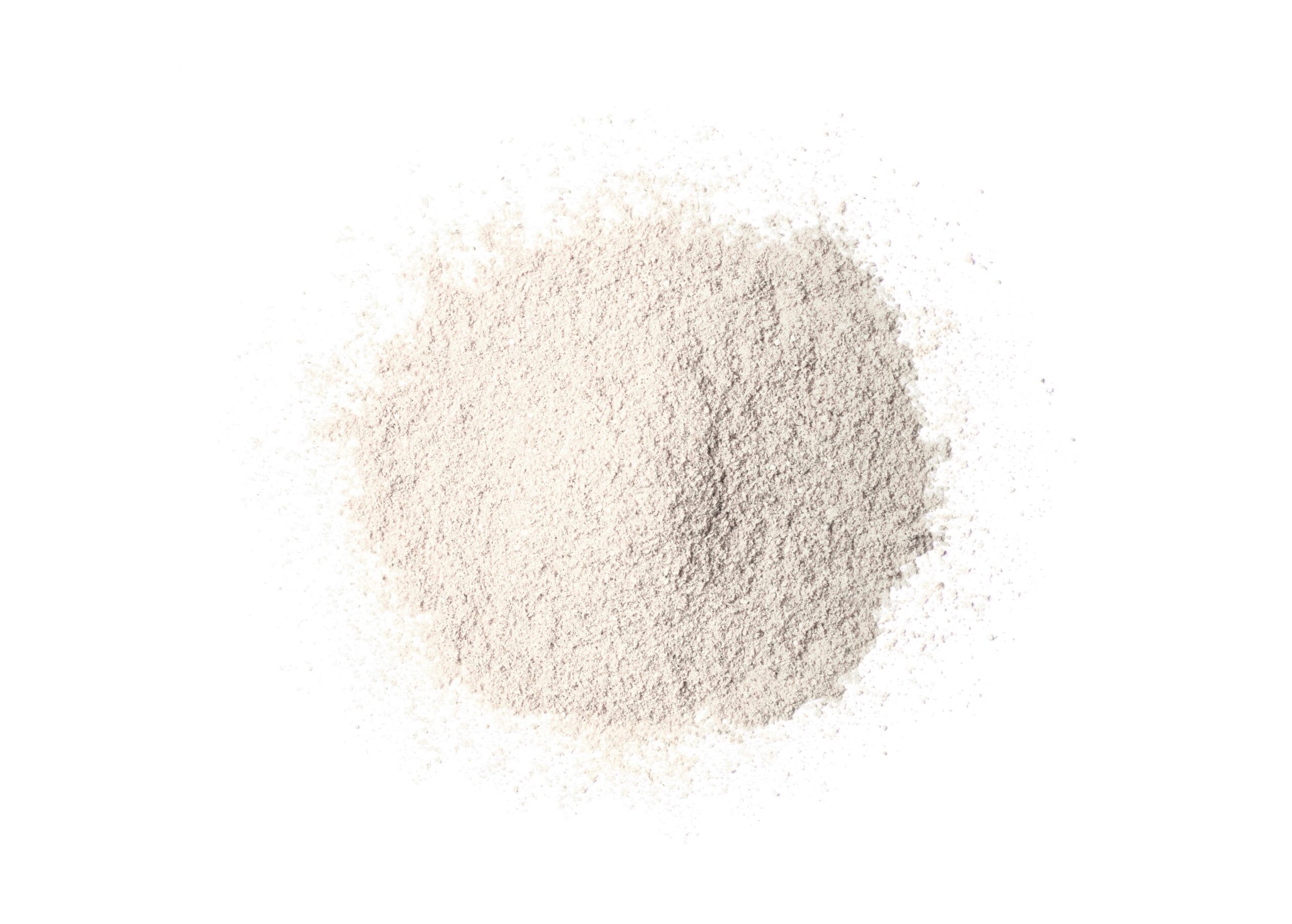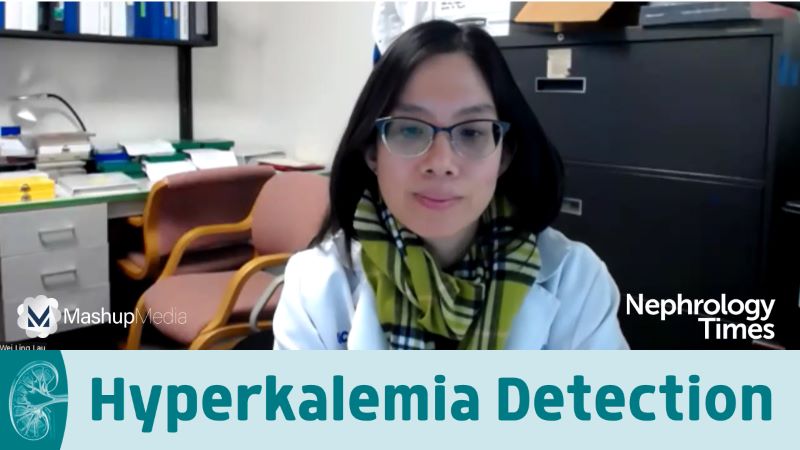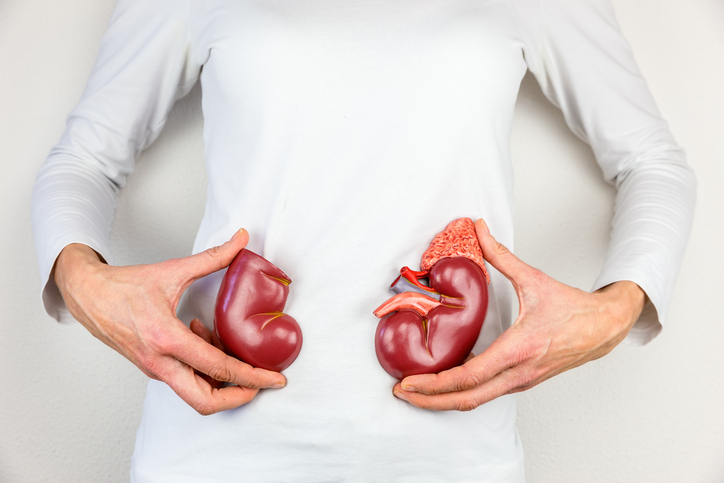
Dallas—The novel sodium-free, non-absorbed potassium binder patiromer is approved for the treatment of hyperkalemia. Elvira O. Gosmanova, MD, and colleagues reported on the results of a retrospective cohort study designed to describe the potassium binder treatment patterns among US veterans with hyperkalemia. Study results were presented at the 2019 ANNA National Symposium in a presentation titled Disparities in Real-World Utilization Patterns of Potassium Binders in US Veterans with Hyperkalemia.
The VA Corporate Data Warehouse was used to evaluate utilization of patiromer and sodium polystyrene sulfonate (SPS). The study period was from January 1, 2016 to December 31, 2017. The index date was the first dispensing during the study period. Included patients had evidence of hyperkalemia (defined as potassium ≥5.1 mEq/L) and heart failure, diabetes mellitus, or chronic kidney disease (CKD) prior to index. Follow-up began at index and continued for 6 months or until the first censoring event (discontinuation, death, or end of follow-up). Measured parameters of utilization were initial dose, prescription fills, days supplied/fill, proportion of days covered (PDC), and percent of patients with a PDC ≥80%.
A total of 193 patients with hyperkalemia were treated with patiromer at index and 8942 patients with hyperkalemia were treated with SPS. At 6 months post index, 155 of patients in the patiromer group and 7905 in the SPS group remained uncensored and were included in the analysis. In the patiromer group, median age was 69 years, 24% were African American, 96% had CKD, and 37% had heart failure. In the SPS group, median age was 70 years, 22% were African American, 68% had CKD, and 27% had heart failure. The initial doses were 8.4 g patiromer and 15 g SPS.
The median number of prescription fills were two in the patiromer group and one in the SPS group; median days supplied/prescription fill was 30 in the patiromer group and three in the SPS group; median PDC was 41% in the patiromer group and 2% in the SPS group, and the PDC ≥80% was 16% in the patiromer group and 1% in the SPS group.
“This descriptive analysis among US veterans showed contrasting utilization patterns for patients exposed to patiromer and SPS for the treatment of hyperkalemia. The days supplied/prescription, the number of prescription fills, and the higher PDC suggest a more chronic treatment pattern for patiromer and an episodic pattern for SPS. Given the limited number of patiromer users in this database, these findings warrant further study,” the researchers said.
Source: Gosmanova EO, Kovesdy CP, Woods SD, et al. Disparities in real-world utilization patterns of potassium binders in US veterans with hyperkalemia. Abstract of a presentation at the 2019 American Nephrology Nurses Association National Symposium, April 14-17, 2019, Dallas Texas.







 © 2025 Mashup Media, LLC, a Formedics Property. All Rights Reserved.
© 2025 Mashup Media, LLC, a Formedics Property. All Rights Reserved.